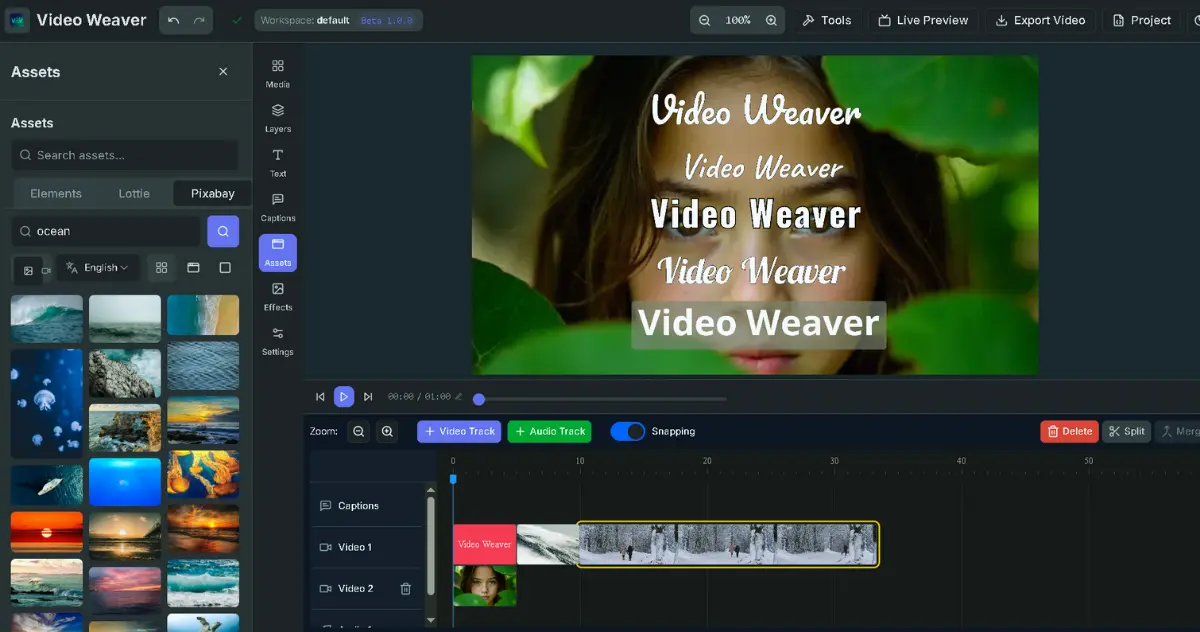Qwen3-TTS-Flash Performance Analysis: Understanding Its Advantages in the AI Voice Competition Through Data
How does Alibaba Cloud’s Qwen3-TTS-Flash perform? This article will objectively analyze its performance differences with top models like GPT-4o and Seed-TTS through key performance test data, especially its specific performance in English and Chinese speech generation stability.
In the race of AI speech synthesis, the competition never stops. When the realism of AI voices has become a basic threshold, the real technical barrier has shifted to a more challenging field—the stability and accuracy of speech generation.
Recently, the Qwen3-TTS-Flash model launched by Alibaba Cloud’s Qwen team has not only attracted attention for its rich support for Chinese dialects and extremely fast response, but has also demonstrated its extraordinary strength in a key performance test report. So, how does it actually perform? Let’s find the answer in the data.
Performance Showdown: The Data Table Tells the Tale
A performance test of Qwen3-TTS-Flash put it on the same stage with Qwen2.5-Omni, Seed-TTS, MiniMax, and even the highly anticipated GPT-4o-Audio-Preview. The evaluation criterion was Content Consistency, which represents how well the content of the generated speech matches the original text. Therefore, a lower score means fewer errors and better performance.
Content Consistency Test (lower is better)
| Model | Test-zh | Test-en |
|---|---|---|
| Qwen3-TTS | 1.05 | 1.53 |
| Qwen2.5-Omni | 1.42 | 2.33 |
| Seed-TTS | 1.00 | 1.94 |
| MiniMax | 0.99 | 1.90 |
| GPT-4o-Audio-Preview* | 2.30 | 2.68 |
Data Interpretation
From the table above, we can clearly see:
In the English test (Test-en), Qwen3-TTS-Flash performed the best. Its error rate was only 1.53, the lowest among all tested models, significantly better than MiniMax (1.90) and Seed-TTS (1.94). It is particularly noteworthy that the highly anticipated GPT-4o-Audio-Preview scored 2.68 in this test, a considerable gap. This proves that the stability of Qwen3-TTS-Flash in English speech generation has reached an industry-leading level.
In the Chinese test (Test-zh), the competition was quite fierce. MiniMax won with a slight advantage of 0.99, followed closely by Seed-TTS at 1.00. Qwen3-TTS-Flash achieved an excellent score of 1.05, with a very small gap from the leaders, firmly placing it in the top tier. In contrast, GPT-4o-Audio-Preview’s score of 2.30 once again shows its challenges in handling Chinese.
Not Just Accurate, but Versatile: The Core Features of Qwen3-TTS-Flash
In addition to its outstanding performance in tests, the comprehensive features of Qwen3-TTS-Flash are also impressive.
1. Amazing Language and Dialect Coverage
Its language coverage is impressively broad. In terms of international languages, it fluently supports 10 major languages:
- Mandarin Chinese
- English
- French
- German
- Russian
- Italian
- Spanish
- Portuguese
- Japanese
- Korean
However, its real killer feature is its deep dive into the Chinese linguistic landscape, supporting over 9 dialects, making content creation more locally relevant:
- Hokkien
- Wu
- Cantonese
- Sichuanese
- Beijing Dialect
- Nanjing Dialect
- Tianjin Dialect
- Shaanxi Dialect
2. Rich Timbres and High Expressiveness
The model has 17 built-in different timbres and can automatically adjust the tone according to the context of the input text, so that the generated voice is no longer a monotonous machine sound, but an expression full of emotion and vitality.
3. Lightning-Fast Response Speed
Its first-packet latency is as low as 97 milliseconds, which means that in interactive applications, users will hardly feel any delay, achieving true real-time speech generation.
The Technology Behind the Magic
Behind all these powerful features is an advanced deep learning architecture.
- Text Encoder: Responsible for deeply understanding the grammar and semantics of the input text.
- Voice Decoder: Generates natural speech waveforms based on the understood text information.
- Attention Mechanism: Like a conductor, it ensures that the rhythm and pauses of the text and speech are perfectly aligned, making the output smoother.
By training on massive amounts of multilingual and multi-dialect data and using timbre embedding technology, the model has learned to switch freely between different languages and timbres while maintaining a high degree of naturalness and accuracy.
Experience It Yourself and Project Resources
Seeing is believing, and hearing it for yourself is the best way to appreciate its charm. You can experience the power of Qwen3-TTS-Flash for yourself through the following links:
- Project Website and Technical Blog: Qwen AI Blog
- Online Demo: Hugging Face Space
Conclusion: A Top Player in the Field of AI Speech Synthesis
Overall, Qwen3-TTS-Flash has demonstrated its strength as a top player, both in key performance tests and in its broad support for multiple languages and dialects. It not only surpasses many strong competitors, including GPT-4o, in English stability, but also establishes an unshakable advantage in the niche area of Chinese dialects.
Although it is currently mainly provided in the form of an API, its excellent performance and broad application prospects already indicate that it will play a pivotal role in the future AI voice market.




